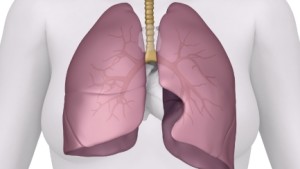Asthma: How to diagnose The Condition And Treat It
 Your medical history, a physical examination and test results all help to diagnose the condition of asthma in individuals. There are various triggers for the condition, such as dust or pollution, so your GP will discuss with you your symptoms and what brings on an attack, so as to assess how bad your asthma is. Likewise, there are a variety of tests that can be done to determine whether you have it, from blood and sputum analysis, chest X-rays and spirometry tests which all look into your breathing capability.
Your medical history, a physical examination and test results all help to diagnose the condition of asthma in individuals. There are various triggers for the condition, such as dust or pollution, so your GP will discuss with you your symptoms and what brings on an attack, so as to assess how bad your asthma is. Likewise, there are a variety of tests that can be done to determine whether you have it, from blood and sputum analysis, chest X-rays and spirometry tests which all look into your breathing capability.
Asthma is a condition which you will most likely have your entire life in some capacity or another, but you can reduce your symptoms greatly with various treatments to make it far more manageable. Medication is, of course, the first port of call and is something that your GP will prescribe for you. The most common form of treatment is an asthma inhaler or a nebuliser if you’re struggling to use the inhaler.
Homeopathy is a great choice if you’re seeking an alternative treatment, and there are various remedies to choose from. Pulsetila is great for spasmodic symptoms, such as wheezing or anxiety which can cause difficulty breathing. For children or elderly patients, antimonium tartaricum is ideal – this works really effectively for those with a fine rattling cough or difficulty breathing which results in a feeling of suffocation.
Alternatively, Ayurveda is another choice which many opt for. The most common herbs used are turmeric, black pepper, flax seed, ginger, clove and licorice. Try massaging mustard oil with camphor over your chest to alleviate mucus symptoms and aid your breathing. If you’re not sure which treatments are best, you should speak to your GP. Don’t attempt to self-diagnose or treat your symptoms without seeking medical advice first, as this can be dangerous if you aren’t getting the right treatment for your asthma.


Comments are closed.